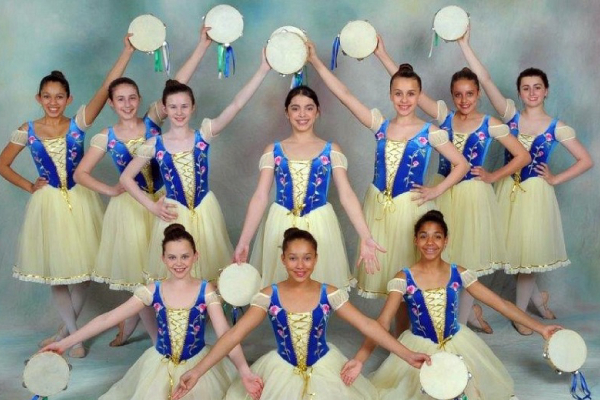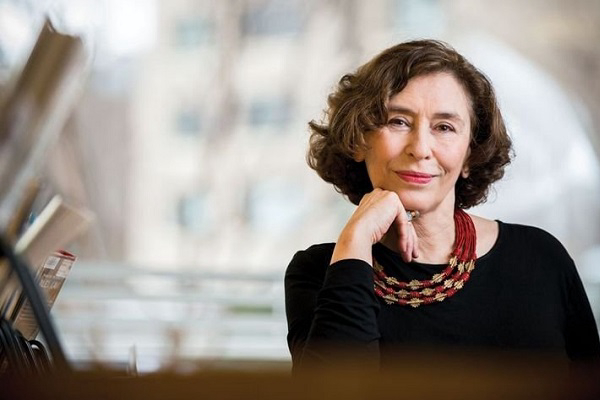Farideh Goldin is the author of Wedding Song: Memoirs of an Iranian Jewish Woman. In addition to her own stories which have been widely published, Farideh has shared her knowledge of Iranian Jews, Iranian Jewish life under Islam, Iranian Jewish women, their lives and literature with audiences in the U.S. and abroad…
Read on to learn more about this talented Iranian author:
Q. Tell us about your background and education as a writer.
A: I studied English Lit at Pahlavi U. Before the Revolution, I transferred to Old Dominion University in Norfolk, Virginia for my senior year, where I received my BA. I married, had my daughters and then went back to school. I had been a pretty good writer in Iran and I missed that, but my English, I felt, wasn’t adequate. I was also shy about writing. I received my MA in Humanities, which was great. They allowed me to design my own program. For the first time, I read books by International women. This opened the door to a world I had never imagined, quite different from the classics, for example, Shakespeare or Chaucer, or even Thomas Hardy, Mark Twain or Ernest Hemingway. I connected with these women. I knew these stories. I felt them in my blood, in my bones. Once again, I wanted to write. I went back to ODU, this time to study Creative Writing. My memoir was my thesis for my MFA.
Q. What/who inspires your books?
A: I write nonfiction, so they are inspired by life. I write about life in Iran. I am Jewish, so I write a lot about my own life as a Jewish woman. I also write research oriented articles on Iranian women writers in general, and Jewish women in particular.
Q. Is there a particular issue that you tend to focus on in your writings?
A: I just sent an article to be published in JQ, a British journal about Literature by Iranian Jewish Women. I am absolutely obsessed with Iranian women writers. Why didn’t we write more? earlier? I wrote an article last year about Iranian women and memoirs. It is astonishing how many books of memoirs have been published by Iranian women in exile. I love to watch Iranian women shine. It is something to be very proud of. I think this past decade should be dedicated to Iranian women such as Shirin Ebadi, Mehri Kar, Azar Nafisi, Shohreh Aghashloo, Simin Behbahani, Shirin Neshat, Nahid Rachlin and the list goes on and on. We rock!
Q. Tell us about your latest book.
A: I am working on a novel this time. It was inspired by a trip I made to Israel and met both Israelis and Palestinians. I also met a lot of Iranian refugees. In the story, I try to give humanity to everyone in this conflict. I also hope to convey the Iranian idea of ghorbat, how so many of us suffer for not being able to touch the soil of our homelands. What does it mean to be refugees be it Jewish, Palestinian, or Iranian?
Q. How did you get your start/ break as a writer?
A: When I was studying for my humanities degree, I was told that I needed to choose two categories as fields of study. I chose comparative Lit. Then I heard about Women’s studies. Quite frankly, I was so naive. I was surprised that women needed to be studied. I took the classes just out of curiosity and I was soon hooked. I loved it. My teachers encouraged me to write and to publish constantly. I wrote my first stories then and read them during “Work in Progress,” a conference WS had initiated. The word got around and soon I was sending my stories out to be published and reading them in various places. I also started my research on Iranian women for one of my women’s studies classes. After so many years, I am still enjoying it.


